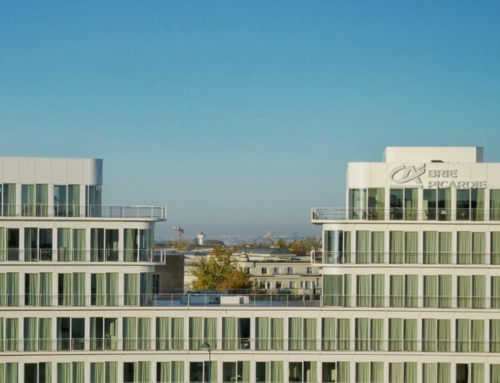How to deal with peaks in office attendance?

On Thursday 25 November 2021, the results of the Parella 2021 Barometer were presented. Parella Barometer 2021.
This year, more than 500 people were interviewed in the 5th edition of our annual survey on new ways of working and working spaces. Among them: managers, employees and young people.
At the end of the presentation, questions were asked. We will come back to them in 3 articles.
For the second article in this series, we come back to your question about peak attendance management.
How can we manage peaks of presence on the premises?
What are the different levers for smoothing out the presence of employees in the office throughout the week?

Since the repeated confinements and imposed telework, there is a strong desire among employees to return to the office. Between health constraints, new telework charters and changing government guidelines, it is sometimes difficult toorganising the presence of employees in the office. For two years now, telework has been the adjustment variable and a gain in terms of flexibility and well-being at work. However, setting too rigid a framework for its practice can be counterproductive and restrictive.
At the team level, it is possible to set up one or more "marker" or "totem" days, during which the team members meet in the office for a meeting or a team coffee.
This practice ensures that employees belonging to the same team are guaranteed to see each other and that informal exchanges and the transmission of information on the fly, which are rare phenomena as a result of teleworking, can take place on these days.
In order to smooth out the key days for each team throughout the week, it is crucial that the team managers coordinate with each other. In this way, the presence of the different teams is spread over several days and the phenomenon of peak presence is reduced. It is possible, for example, that the communities of managers take stock every three months to distribute their team rituals according to each other for the coming period. One of the positive externalities of this operation is that the pretext of organising the presence on site is a gateway to meeting and collaborating with managers from the whole company.

While these initial approaches work very well, there is a general tendency to telework on Wednesdays and Fridays, leaving offices empty and unused. One way of dealing with the emptiness of the office on these days is toorganise company-wide events, such as breakfasts. They punctuate the week, encourage informal communication and serendipity.
In addition, it is recommended toattract employees on slow days by enticing them with non-mandatory manoeuvres, rather than constraining them with a strict framework. This is a more positive approach and is widely appreciated.
More fundamentally, this operation invites us to rethink the instances for which the physical presence of employees is really necessary: privileged moments of exchange such as annual interviews and brainstorming sessions, for example, lose a great deal of effectiveness at a distance. From a practical point of view, this reflection allows us to better size the needs in terms of meeting rooms, video equipment etc...
These topics are up to each team to decide how well they work, and naturally with a very real estate perspective.
Another view might bring different conclusions, but the point here is to see how to maximise the value of spaces that are often the second largest cost item for the company.






